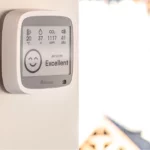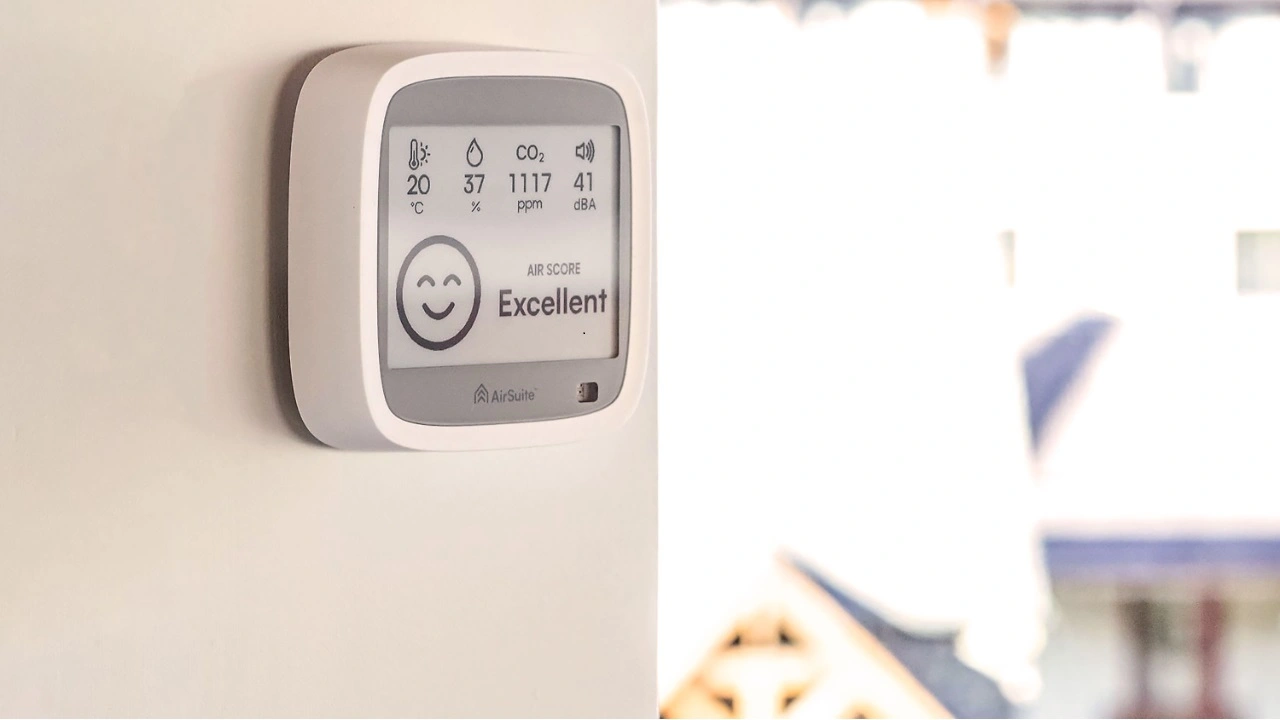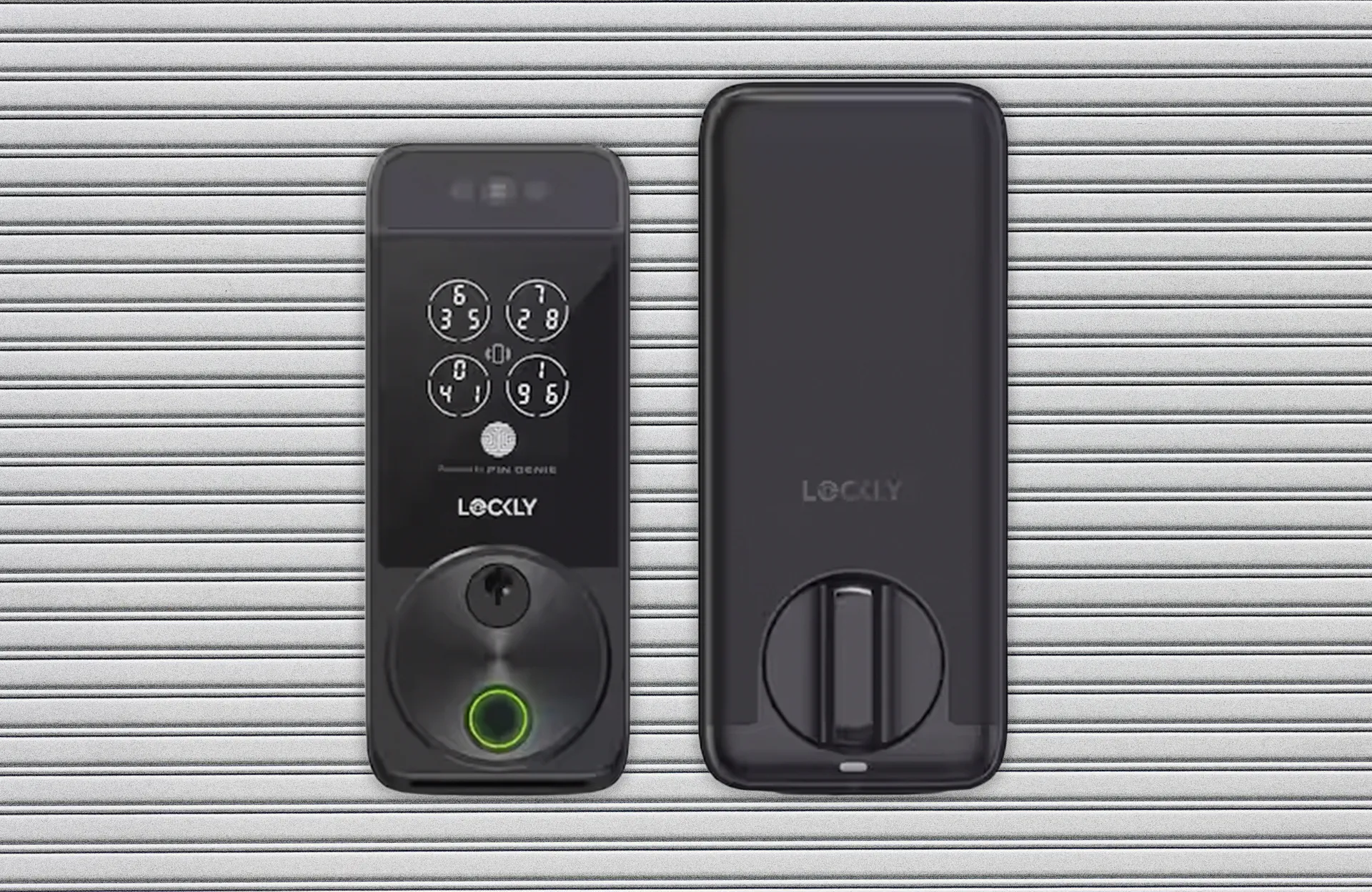
Shark’s latest robot vacuum aims to tackle two key challenges. First, in many robot vacuums, mopping pads can drag on the carpet after lifting, but Shark’s new design automatically detaches the mop plate when switching to vacuum mode. Second, robot vacuums often struggle with obstacles like ledges or thick rugs, but Shark’s latest model includes a feature that allows it to lift itself over these hurdles—something I’ve dubbed the “booty hitch.” These innovations work well, but the vacuum still struggles with basic tasks, making it difficult to justify at its current price. It might be worth waiting for a price drop and updates to address some issues.
Setup and Initial Impressions
Setting up the Shark PowerDetect is a breeze. It’s a sleek-looking robot with a compact docking station that houses a clean water tank, dirty water tank, dustbin with a decent 0.33-liter capacity, and an odor-neutralizing capsule. Measuring under 18 inches tall and 15 inches wide, it’s easy to fit into small spaces. The companion app is simple to use, and Shark even suggests fun names for the vacuum (I went with “Steve McClean”).
The pre-clean mapping process was quick and didn’t encounter any issues, although the map itself wasn’t very accurate. However, the slight inaccuracy didn’t seem to affect how well the robot cleaned. You can choose between vacuuming and mopping (not both simultaneously), and for vacuuming, you can pick either a standard or deep clean. Although I found the interface slightly confusing at first, it’s mostly straightforward once you get used to it.
In a 750-square-foot area, the vacuum took about 90 minutes to complete a cleaning run, using 60% of the battery. This left enough battery to mop afterward if needed. The detachable mop pad is particularly useful, as it eliminates the need to plan cleaning cycles in advance. However, it’s worth noting that you can’t track the vacuum’s progress on the map in real-time, which could be an issue for those wanting to ensure full coverage.
Performance Issues
Despite some impressive features, the Shark PowerDetect struggles with several essential functions. First, although it claims to have a DirtDetect feature similar to iRobot’s Roomba series—designed to focus on particularly dirty areas—the Shark repeatedly reported that its DirtDetect sensors were dirty and unable to work. I’ve cleaned every visible sensor, but the issue persists. Shark has yet to provide any clarification on this.
Second, the auto-empty feature doesn’t function as expected. Despite running the vacuum multiple times over three weeks, only a small amount of dog hair made its way into the base’s dustbin. This means I still have to manually empty and clean the robot’s dustbin after every run, which defeats the purpose of the self-emptying station.
Third, spot cleaning is inefficient and slow. During testing, I used it to clean up after my puppy’s daily trashcan raids, but it took 20 to 30 minutes to clean a small area, which seemed excessively long. In many cases, I found myself wishing I had just used a regular mop instead.
Additionally, the vacuum doesn’t allow you to save multiple maps, so it’s not ideal for multi-floor homes. The app also doesn’t accurately track cleaning times, reporting runs as lasting only a few minutes when they were much longer in reality.
Cleaning Capabilities
In terms of cleaning performance, the Shark PowerDetect handles general household dirt well. It managed pet hair, sand, and meal crumbs without issue. Larger debris, like half-inch wood chips brought in by the puppy, were occasionally left behind, but the vacuum effectively removed sand and lint, especially in tricky areas like the laundry room. It also has a solid filtration system, with both felt and foam washable filters before the motor, and a HEPA filter afterward—great for those with allergies.
However, given the high price point (around $1,000), the lack of basic features found in more affordable vacuums is disappointing. Shark is known for offering good value by providing advanced features at a lower cost, but in this case, it’s hard to justify the price. Once the system gets some updates and the price drops, it could become a more appealing option. For now, though, you might want to consider other alternatives. At least Shark’s cordless stick vacuum in the same line performs well.







